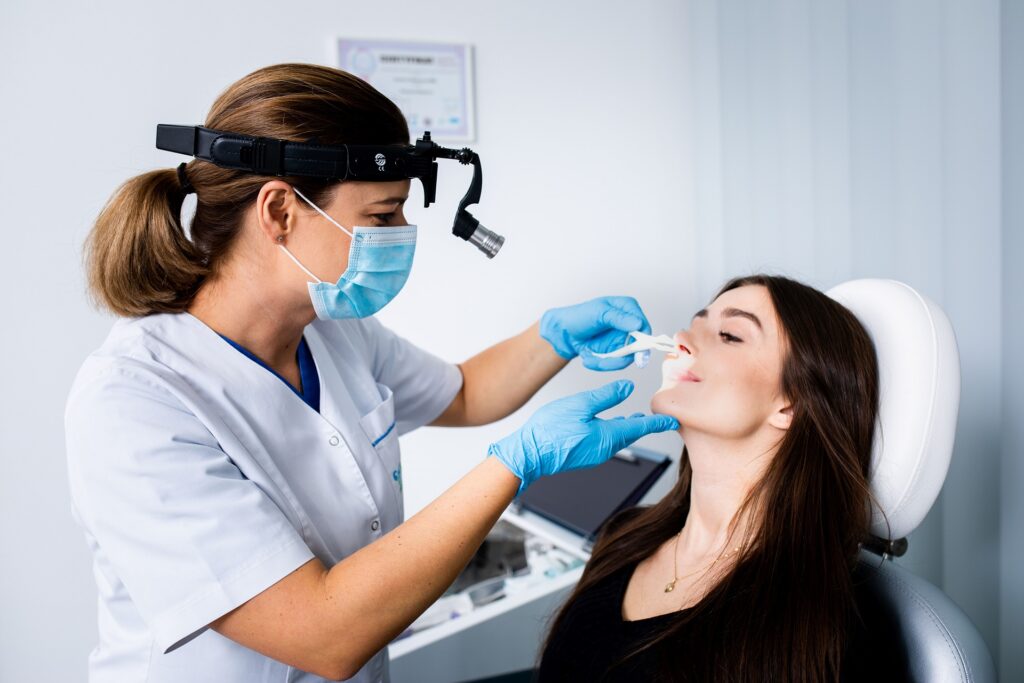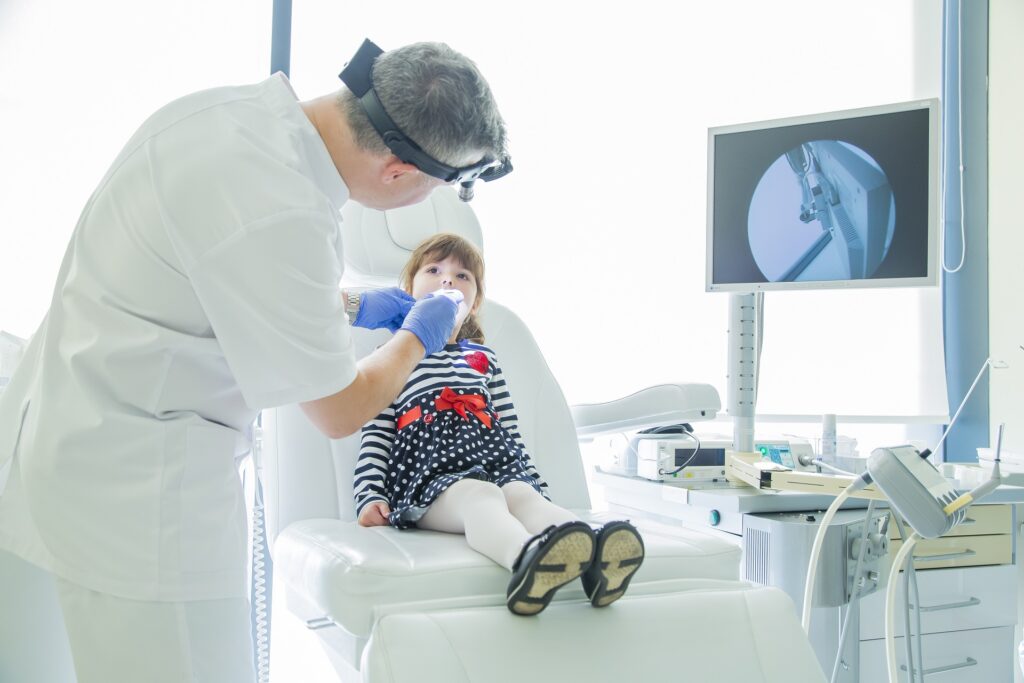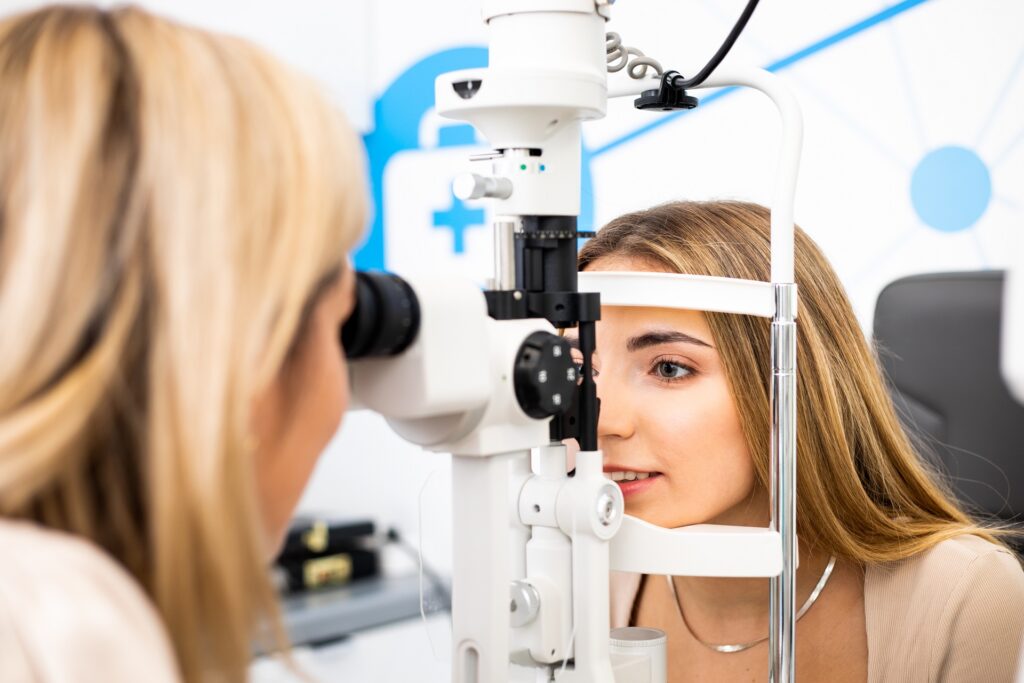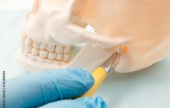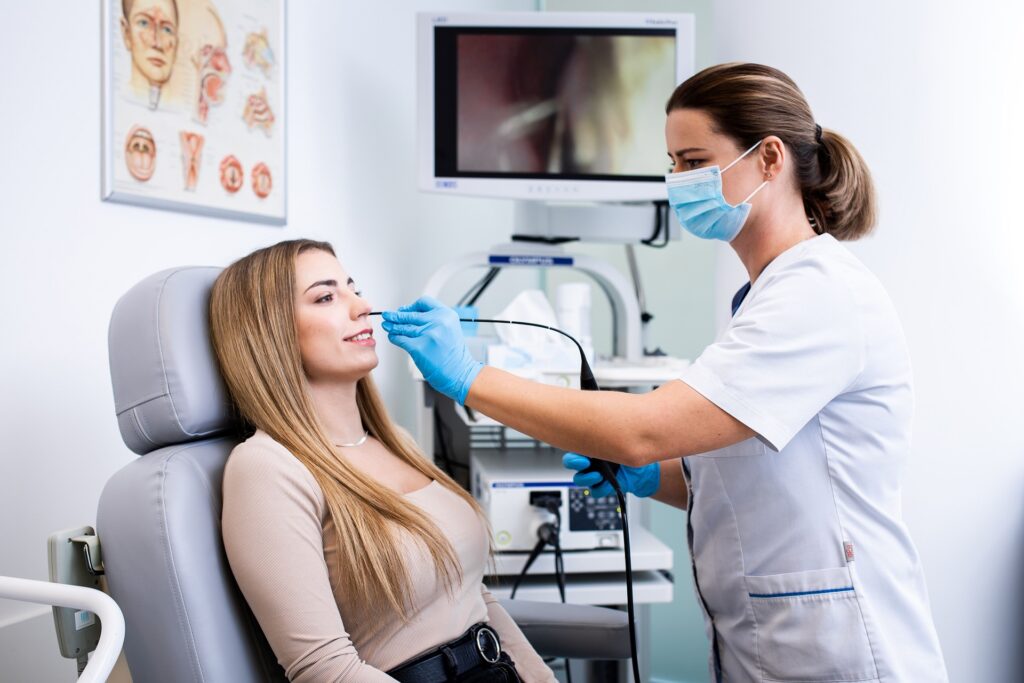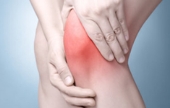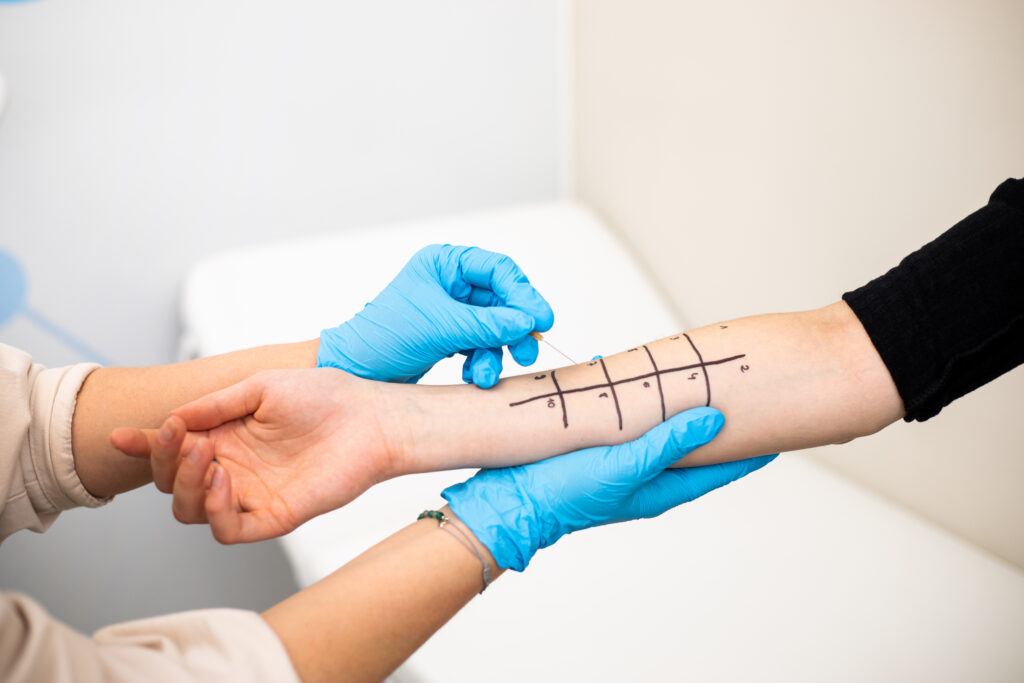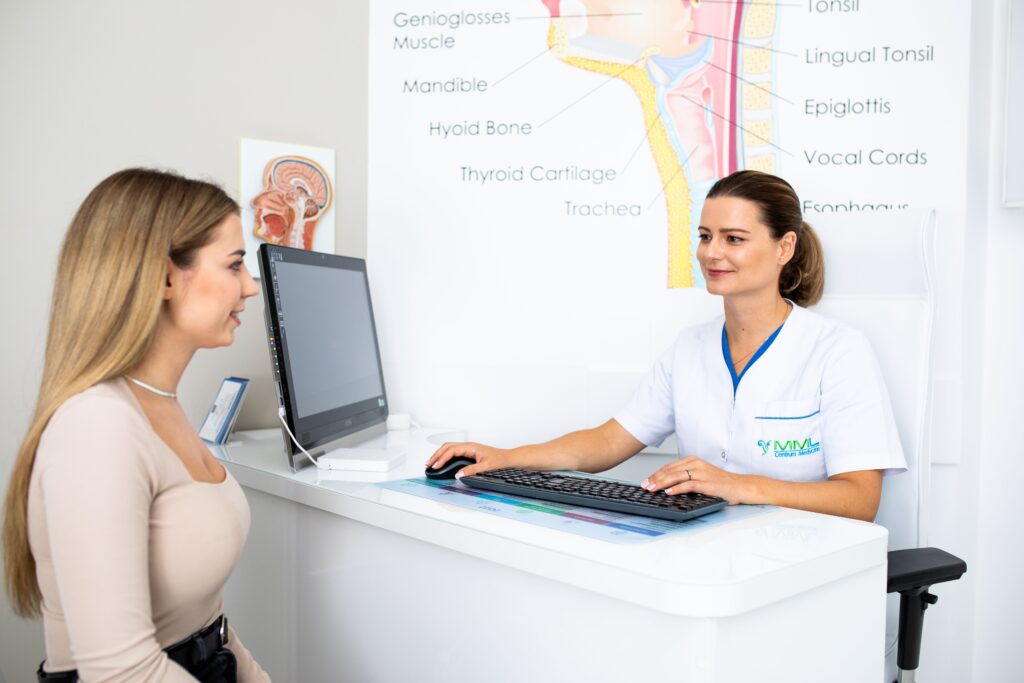When is neurological help needed?
Alarming headache – symptoms:
A headache that occurs for the first time in your life, severe and rapidly increasing (within minutes or even seconds).
Pain accompanied by a feeling of stiffness in the neck, nausea and vomiting, weakness in the extremities, and disturbances of sensation, consciousness, vision, and balance.
Particularly dangerous: sudden pains, occurring during heavy exertion, such as weight lifting, as well as after head trauma, after sexual intercourse, during coughing or bowel movements, accompanied by fever.
Headache in patients with a history of cancer or those taking anticoagulants.
Any time you get a headache like this, immediately call 911!
Alarming chronic headache – symptoms:
Headaches occurring in a person over the age of 50.
Headaches that occur during pregnancy and the postpartum period.
Change in the nature of previous headache (increase in frequency and intensity of headache), appearance of new, unusual accompanying ailments.
Fixed headache location.
Morning headaches.
Change in behavior, such as a feeling of increasing dementia.
Visual disturbances, especially visual field loss.
Sensation of increasing limb weakness, sensory disturbances (of a single limb or of one half of the body, involving the lower and upper extremities), unequal pupil size, swelling around the orbit, epileptic seizures, disturbance of consciousness.
Abuse of pain medications (the conventional limit, depending on the type of medication, is 10 to 15 pills per month).
Any time you have a headache like this, you should seek a neurological consultation!
Before the first visit
For chronic, recurring headaches, it is advisable to keep the so-called headache diary. It should include the following information:
headache frequency,
its duration,
pain intensity on a scale of 1 to 10 points, where 1 represents low intensity pain and 10 represents maximum intensity pain,
location of pain,
accompanying symptoms,
medications used.
All of this information will be important in diagnosing the headache and in deciding how to treat it.
It is also recommended to prepare a list for your first visit of all medications previously used for headache relief and current medications taken for other conditions.
It is also advisable to have current test results (within the last 3 months), i.e. morphology, sodium, potassium, AST, ALT, bilirubin and creatinine levels, and ECG with description.
If you have results of brain imaging examination, you should also bring them to your first visit (description with pictures on film or CD).
Headache treatment
The neurological treatment of spontaneous headache depends on the frequency and severity of the headache, more specifically: the extent to which the headache impairs our functioning in daily life. Then, after talking with a doctor, we determine whether we should use only emergency treatment (when you have an individual headache) or opt for preventive treatment, in which you take medication every day for a period of time to reduce the frequency and intensity of your pain or remove it completely.
The range of medications and treatments available, both preventive and emergency, is wide. The use of these means is at the discretion of your doctor each time. Most medications that are effective in preventive treatment start working after the appropriate dosage is reached and after some time of use, usually 3-4 weeks after starting treatment. During this time you should keep the so-called headache diary.
For symptomatic pain, the direction of treatment is simple – remove the cause of the pain, such as compensating for hypertension.
Unfortunately, in some situations, the cause of pain can be more serious and the treatment process more complicated – such as in the case of brain tumor or aneurysm. The patient is then referred for specialized oncology diagnostics.

